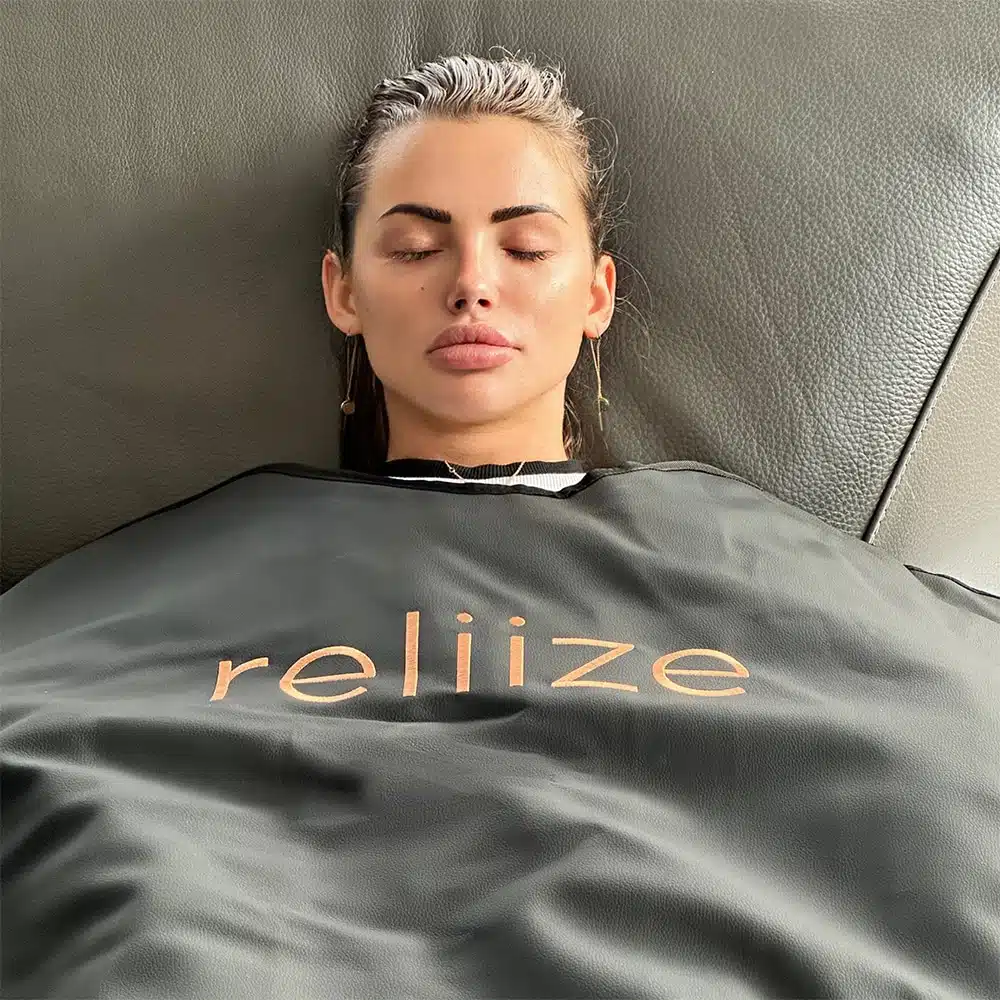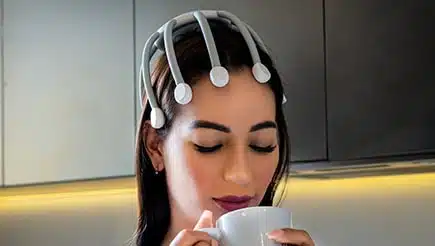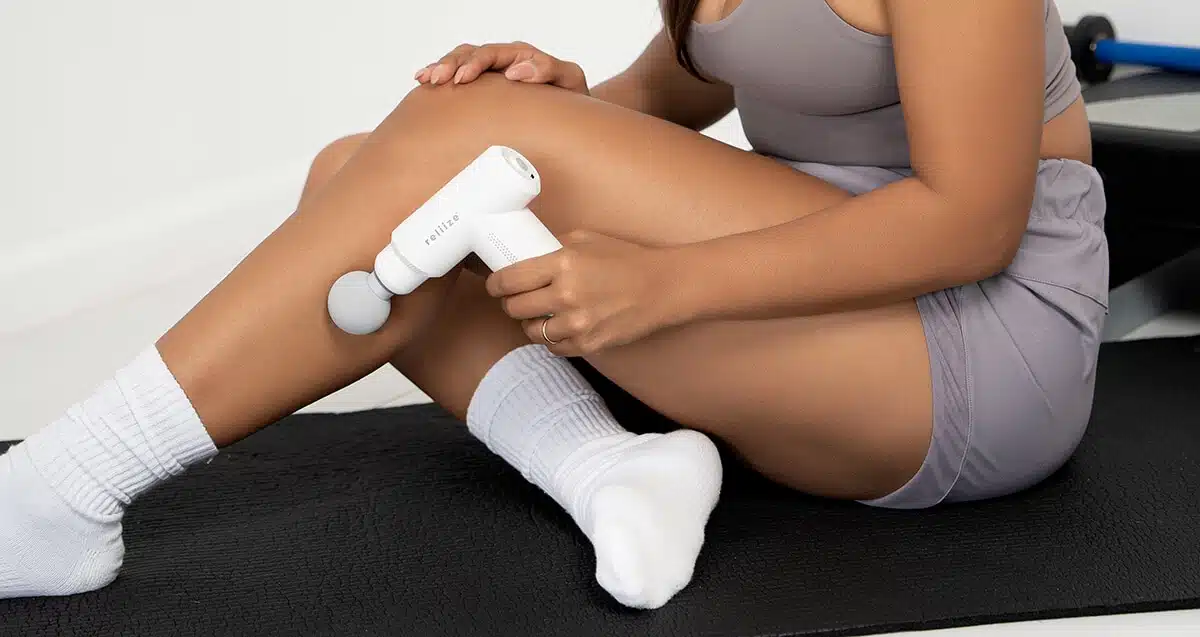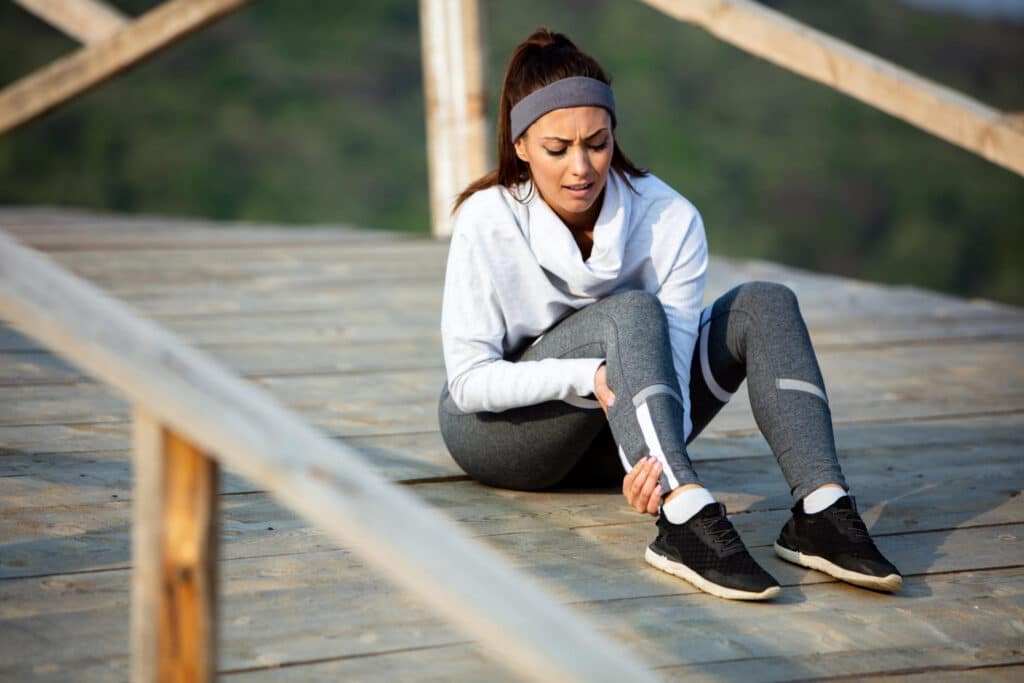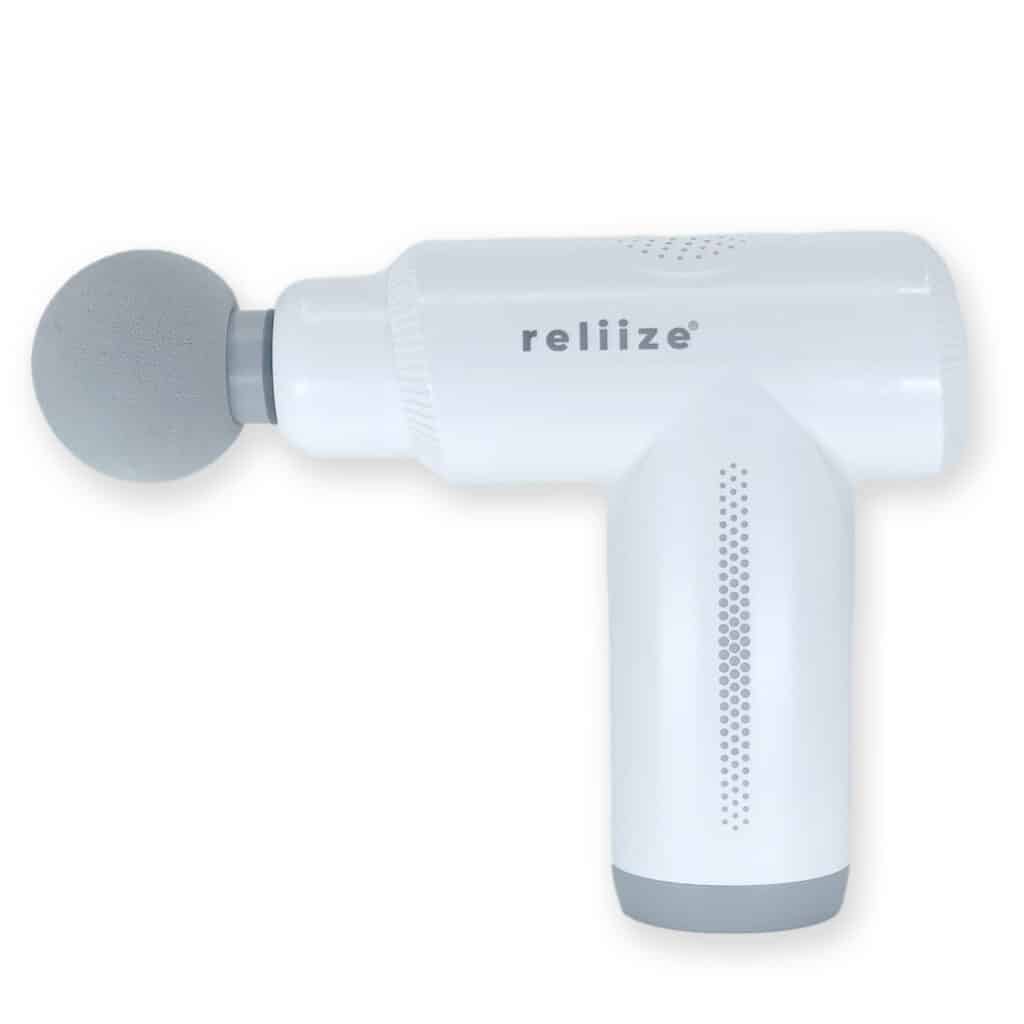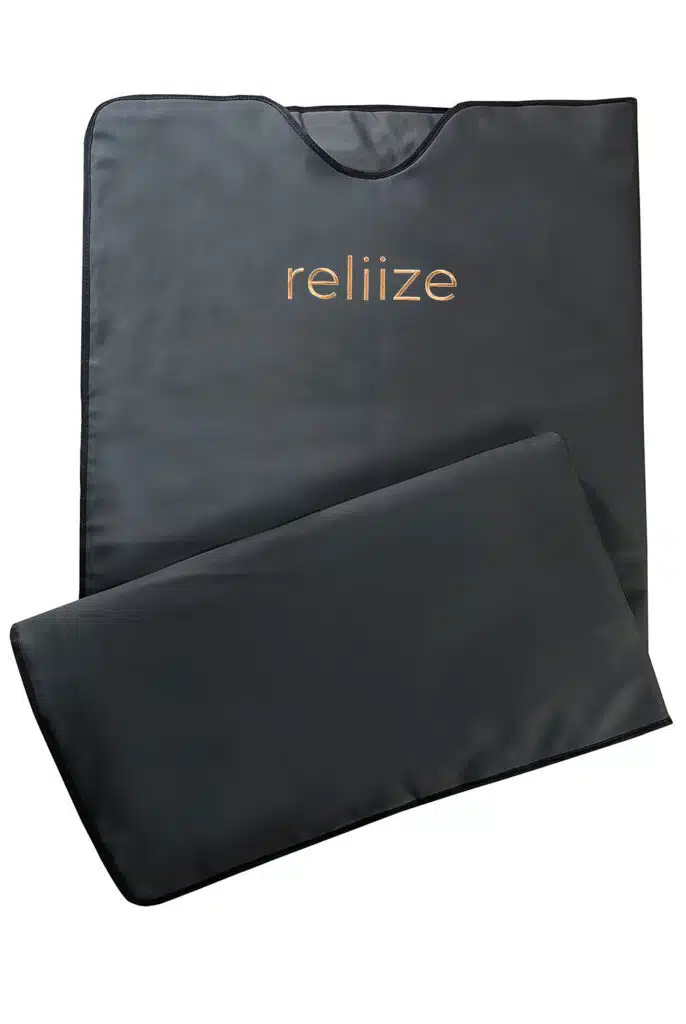wellness
10 Proven Tips to Beat Muscle Cramps Fast
Muscle cramps, those sudden and often excruciating contractions, can strike anyone at any time. Whether it’s a charley horse in your calf or a knot in your shoulder, these involuntary muscle contractions can be painful and disruptive.
While they can happen anywhere in the body, they are most commonly experienced in the legs, feet, and arms. This article delves into the causes of muscle cramps and provides you with ten effective strategies to swiftly conquer them, ensuring relief and prevention.
How Muscle Cramps Occur
Muscle cramps are not merely isolated incidents; they often have underlying causes that contribute to their occurrence. Dehydration, a leading trigger, can upset the delicate balance of electrolytes in our bodies, leading to muscle irritability and contractions. Additionally, overexertion and muscle fatigue can make muscles more susceptible to cramping. Those who engage in intense physical activities without proper warm-ups or cooldowns are particularly at risk.
Electrolyte imbalances, encompassing essential minerals like sodium, potassium, calcium, and magnesium, can significantly impact muscle function. A deficiency or excess of these electrolytes can disrupt the nerve signals responsible for muscle contractions, culminating in cramps.
Muscle cramps are also known to arise due to medical conditions such as diabetes, circulation issues, nerve compression, and certain medications. These underlying health factors can heighten the likelihood of experiencing muscle cramps, making it vital to address the root cause alongside symptom relief.
How To Beat Muscle Cramps?
Muscle cramps can be caused by a variety of factors, including dehydration, electrolyte imbalance, overuse, and certain medical conditions.
If you experience a muscle cramp, there are 5 Proven Tips you can apply to relieve the pain and discomfort:
1. Hydration is Key
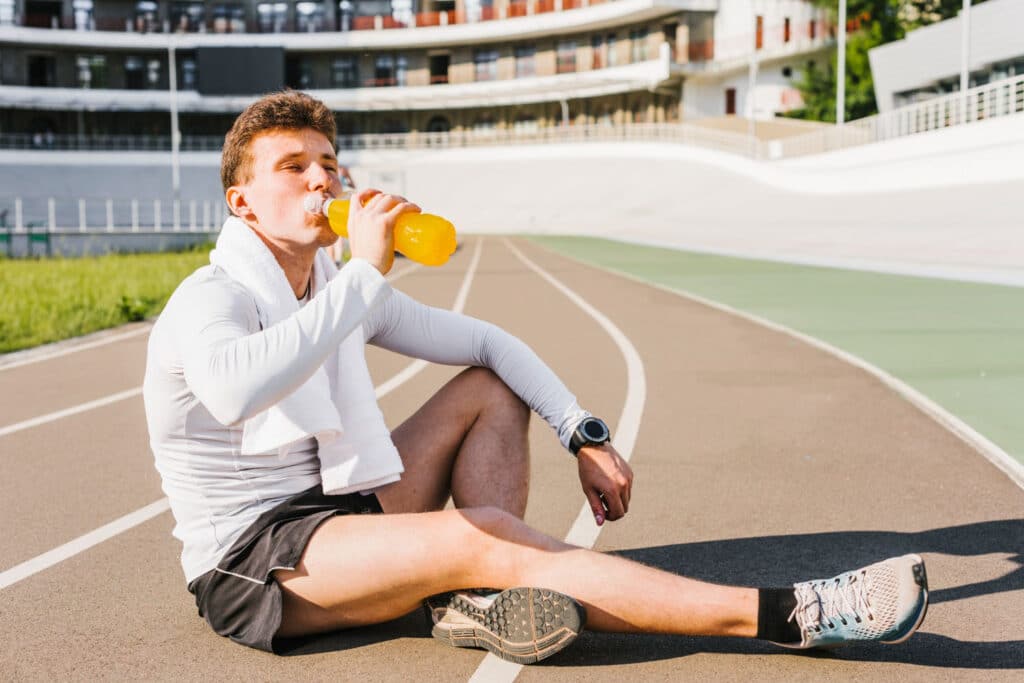
One of the leading causes of muscle cramps is dehydration. When your body lacks sufficient fluids, your muscles are more prone to spasms and cramps. To combat this, make sure you’re drinking an adequate amount of water throughout the day. This is especially important before, during, and after physical activity. Including electrolyte-rich beverages, such as sports drinks or coconut water, can also help replenish essential minerals lost through sweat, further reducing the risk of cramps.
2. Stretch Regularly
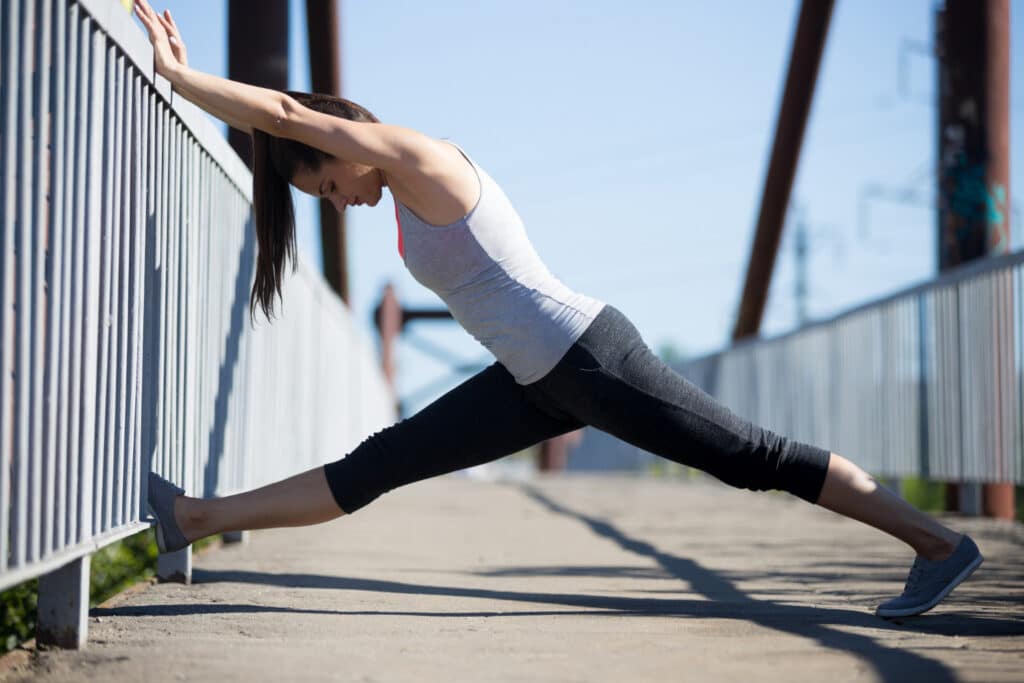
Engaging in regular stretching exercises can significantly reduce the occurrence of muscle cramps. Incorporate dynamic stretches into your warm-up routine before exercising, and static stretches after your workout to improve muscle flexibility. Pay special attention to the muscle groups most prone to cramping, such as the calves, hamstrings, and quadriceps. Consistent stretching can relax muscle fibers and minimize the chances of cramps striking.
3. Balanced Nutrition

Maintaining a well-balanced diet rich in essential nutrients can play a vital role in preventing muscle cramps. Potassium, magnesium, calcium, and sodium are crucial electrolytes that aid in muscle function and fluid balance. Foods like bananas, leafy greens, nuts, seeds, and dairy products are excellent sources of these electrolytes. Including these foods in your diet can help keep your muscles properly nourished and reduce the likelihood of cramps.
4. Gradual Exercise Progression
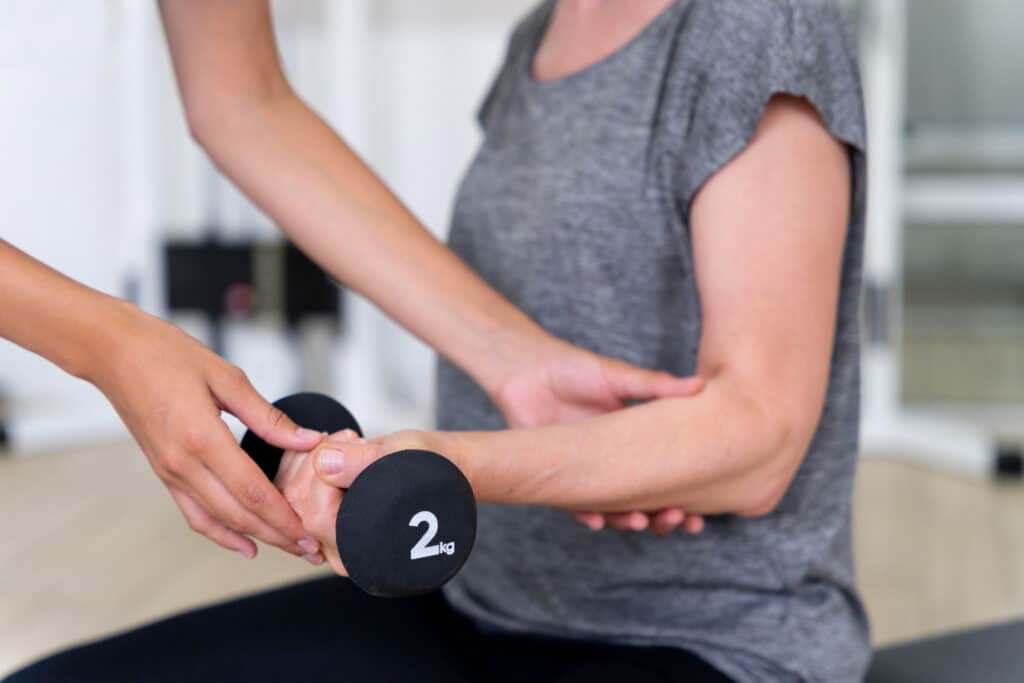
While pushing your physical limits can lead to gains in strength and endurance, overexertion can also increase the risk of muscle cramps. It’s important to progress your exercise intensity gradually. Sudden, intense workouts without proper conditioning can strain your muscles and trigger cramps. By allowing your muscles time to adapt and strengthen, you’ll reduce the likelihood of experiencing painful cramps during or after exercise.
5. Massage and Heat Therapy
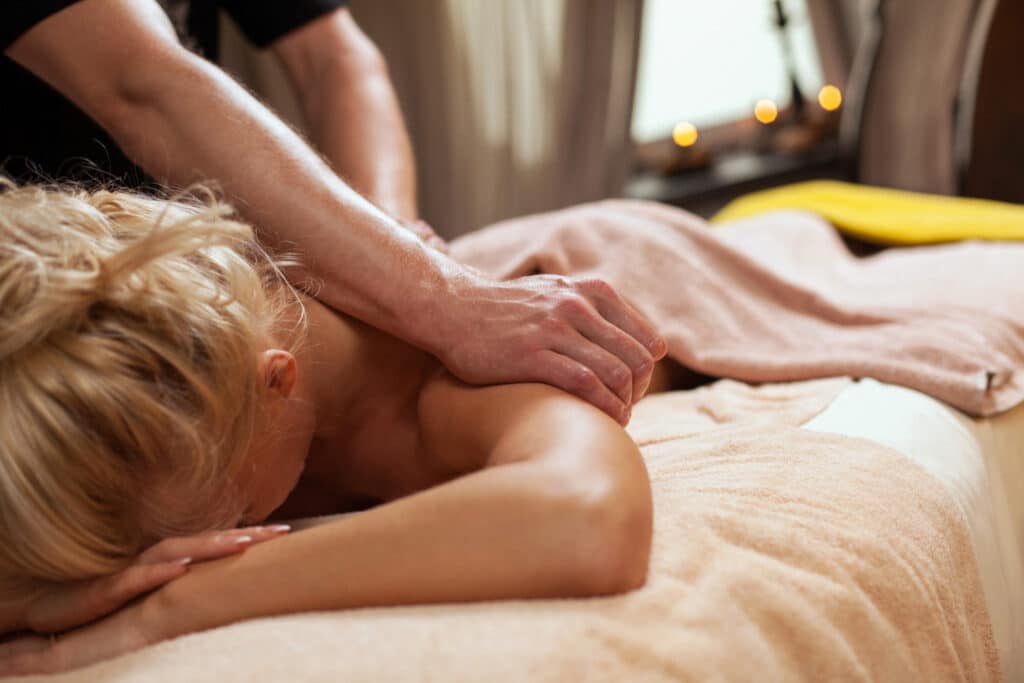
When a muscle cramp does strike, immediate relief can often be found through massage and heat therapy. Gently massaging the affected area helps relax the muscle and alleviate the cramp. Applying a warm compress or taking a warm bath can also help relax tense muscles. Heat increases blood flow to the area, promoting relaxation and reducing the cramp’s intensity.
6. Electrolyte Supplements

In some cases, especially for those who engage in intense physical activities or sweat excessively, adding electrolyte supplements to your routine might be beneficial. These supplements provide a quick and convenient way to replenish electrolytes that are lost through sweat. However, it’s essential to consult a healthcare professional before starting any new supplement regimen to ensure it’s safe and appropriate for your individual needs.
7. Stay Mindful of Footwear
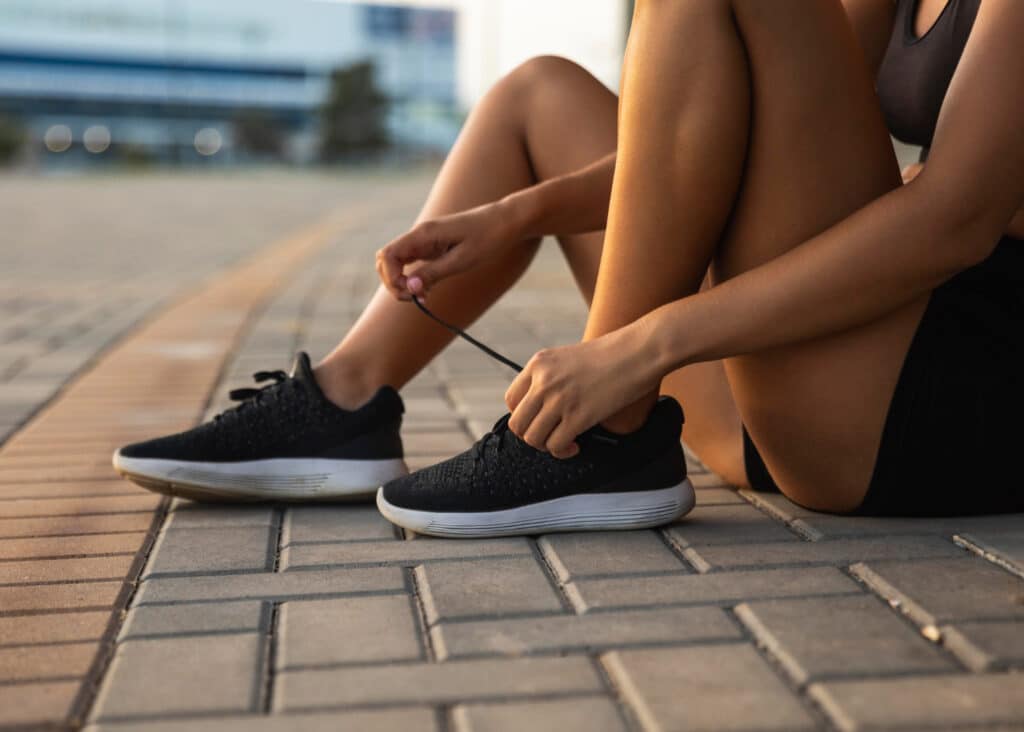
Believe it or not, the type of footwear you choose can influence the occurrence of muscle cramps, particularly in the lower extremities. Wearing shoes with inadequate support or improper fit can lead to muscle imbalances and strain, increasing the likelihood of cramps. Opt for well-fitting shoes with proper arch support, especially if you’re engaged in activities that put stress on your feet, such as running or standing for long periods.
8. Maintain Optimal Posture
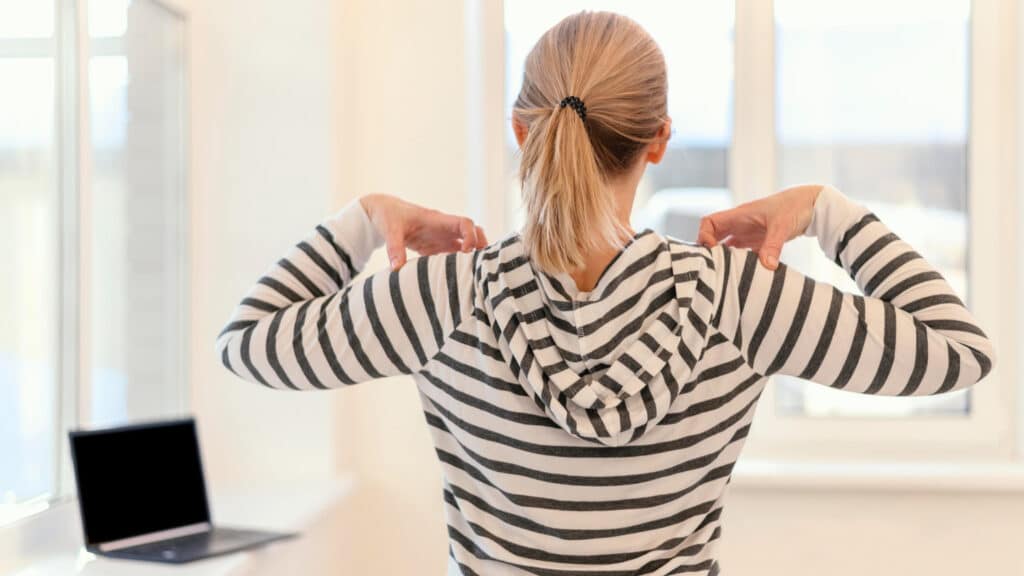
Poor posture can contribute to muscle imbalances and tension, which can trigger cramps over time. Whether you’re sitting at a desk, standing, or walking, paying attention to your posture is crucial. Practice maintaining a neutral spine and avoid slouching or hunching over. Regularly incorporating exercises that target your core muscles can also help improve overall posture and reduce the risk of cramps.
9. Engage in Regular Exercise
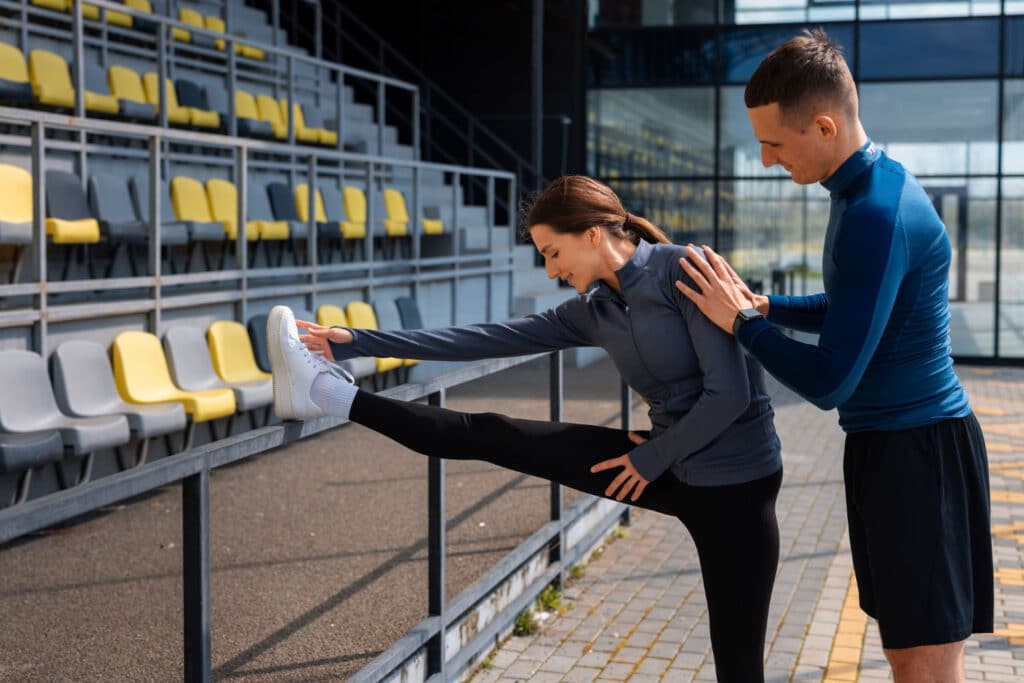
Regular physical activity not only strengthens your muscles but also improves blood circulation, reducing the chances of muscle cramps. Low-impact exercises like swimming, cycling, and yoga can enhance flexibility and muscle coordination, making cramps less likely. Aim for at least 150 minutes of moderate-intensity aerobic activity per week, combined with muscle-strengthening activities on two or more days.
10. Manage Stress

Stress can lead to muscle tension and exacerbate the likelihood of cramps. Incorporating stress-reduction techniques into your routine, such as deep breathing, meditation, or mindfulness, can promote relaxation and reduce muscle tension. Additionally, adequate sleep is crucial for muscle recovery and overall well-being, so prioritize getting 7-9 hours of quality sleep each night.
An Essential Addition: Unleashing the Power of Smart Massagers and Heat Therapy
In the modern age, technology offers innovative solutions to alleviate muscle cramps and discomfort. Smart massagers, such as percussion massage guns and sauna blankets, have gained popularity for their ability to provide targeted relief and relaxation. Here’s how you can incorporate these tools into your muscle cramp management plan:
Percussion Massage Guns:
These handheld devices use rapid, pulsating movements to provide deep tissue massage. When applied to the affected muscle, percussion massage guns can help increase blood flow, reduce muscle tension, and alleviate cramps. Start with the lowest intensity setting and gradually increase as needed. Use the massage gun over the cramping muscle and surrounding areas for several minutes to encourage relaxation and relief.
Sauna Blankets:
Heat therapy has long been known to relax muscles and ease cramps. Sauna blankets, equipped with advanced technology, offer a portable way to enjoy the benefits of heat therapy. These blankets generate infrared heat that penetrates deep into the muscles, promoting blood circulation and reducing tension. Using a sauna blanket for a designated period can help soothe muscle cramps and improve overall relaxation.
Vibrating Foam Rollers:
Another smart tool to consider is a vibrating foam roller. These rollers combine the benefits of traditional foam rolling with vibration technology, providing targeted massage to release muscle knots and reduce cramping. Roll the affected muscle area gently over the vibrating roller to help relax tense muscles and prevent cramps.
Conclusion
Dealing with muscle cramps doesn’t have to be a constant battle. By integrating these ten tips into your lifestyle, you can effectively prevent, manage, and alleviate the discomfort of muscle cramps. Remember that individual responses may vary, so it’s important to listen to your body and make adjustments as needed. If you experience severe or persistent cramps, it’s advisable to consult a healthcare professional to rule out any underlying medical conditions.
Through a combination of hydration, proper nutrition, regular stretching, gradual exercise progression, and relaxation techniques, you can enjoy a life free from the grip of muscle cramps. Embrace these strategies and take proactive steps to care for your muscles, ensuring they stay healthy, flexible, and cramp-free for years to come.


